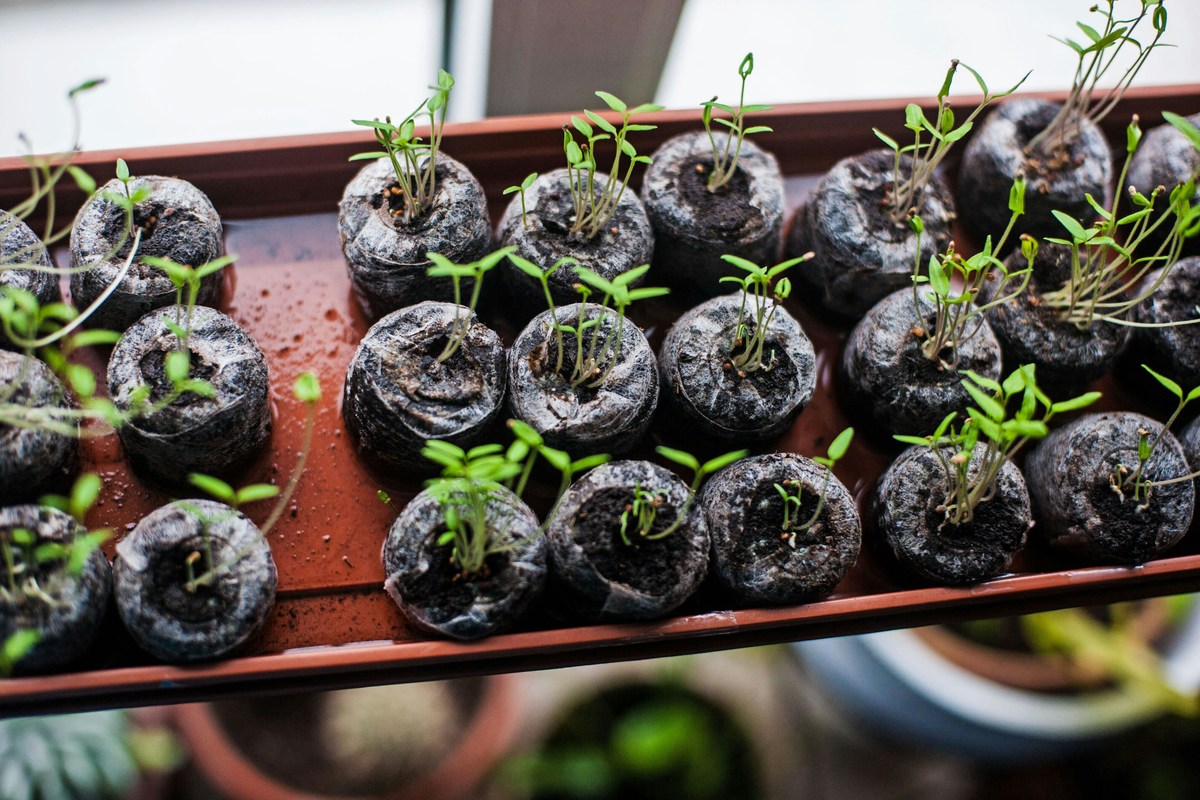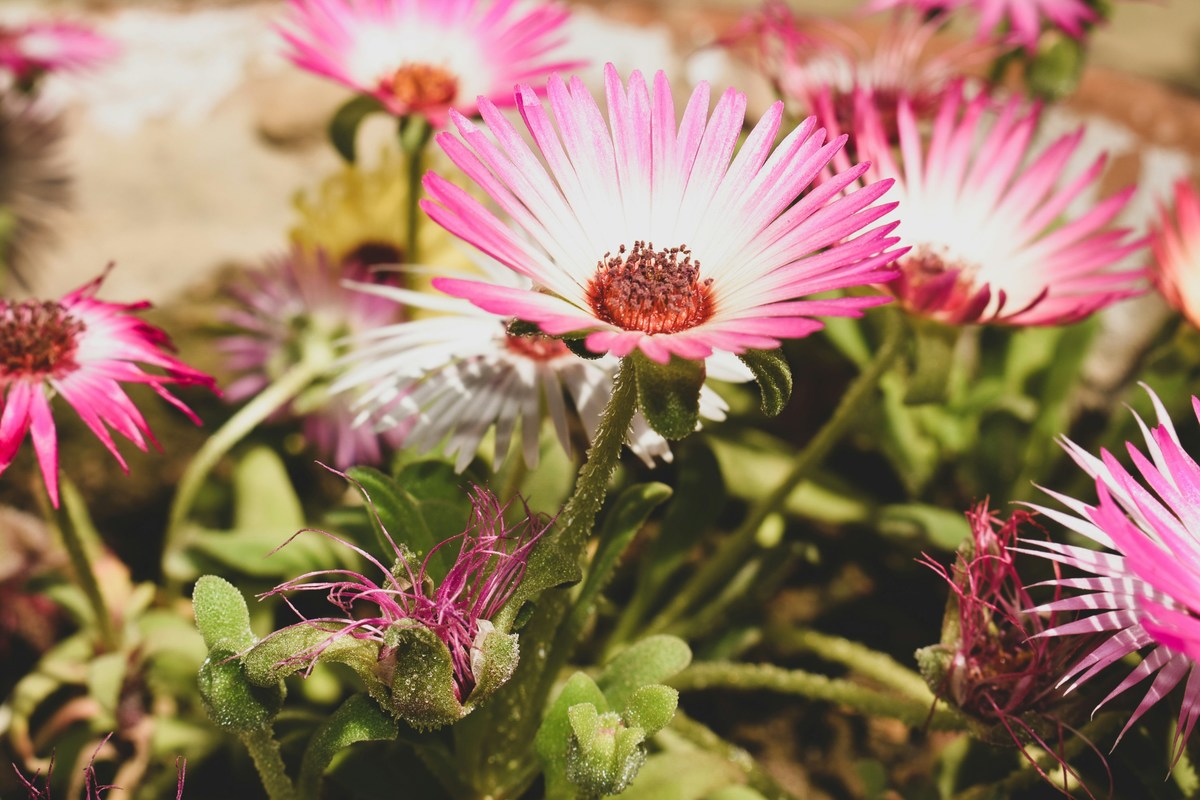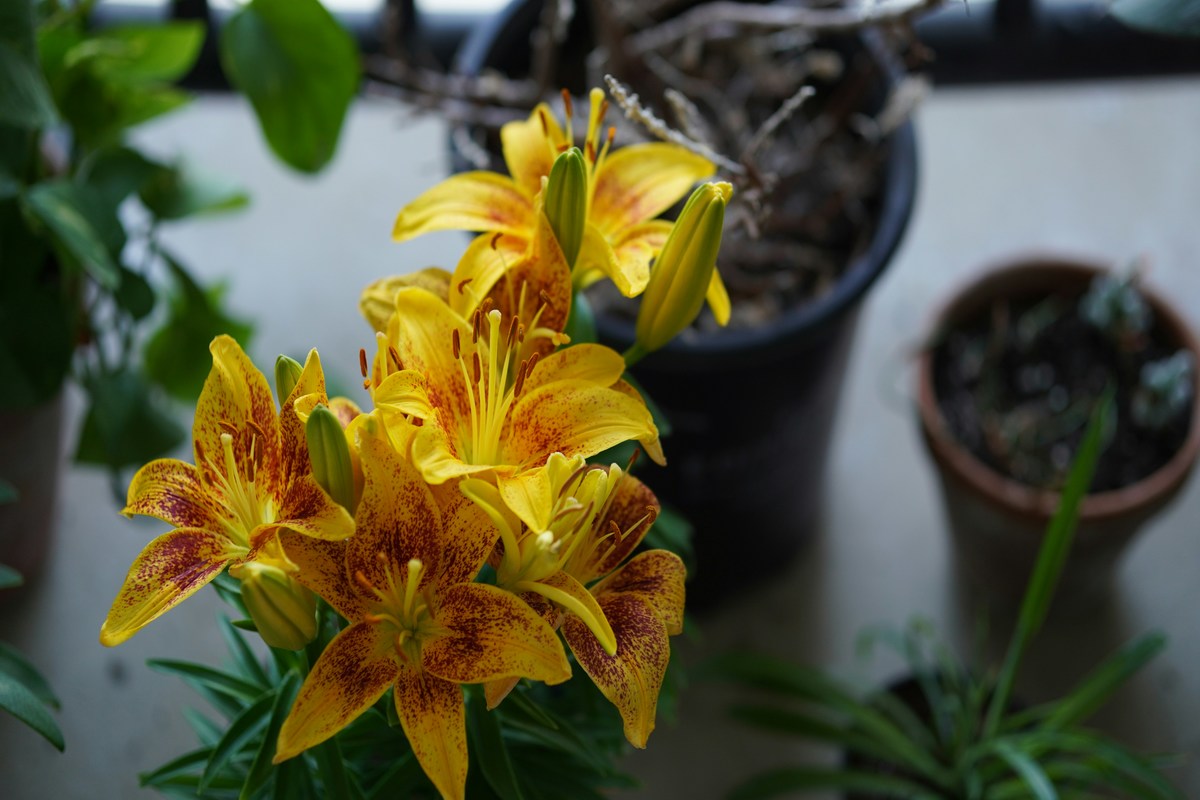Starting a home garden can be a rewarding and therapeutic experience. Whether you have a spacious backyard or a small balcony, growing your own vegetables, herbs, and flowers can bring joy and fresh produce to your home. Here’s a beginner’s guide to help you get started.

The Joy of Gardening
Imagine stepping outside to harvest fresh herbs for your dinner or picking homegrown tomatoes for a salad. Gardening connects you with nature, provides a sense of accomplishment, and offers a sustainable way to enjoy fresh produce. Let’s explore the steps to start your own home garden.
Step 1: Choose Your Garden Type
- In-Ground Garden:
- Ideal for those with ample outdoor space. It allows for larger plants and more variety.
- Raised Beds:
- Great for areas with poor soil. Raised beds provide better control over soil quality and drainage.
- Container Gardening:
- Perfect for small spaces like balconies or patios. Containers can be moved and arranged as needed.
- Vertical Gardening:
- Utilizes wall space to grow plants vertically. Ideal for herbs and small vegetables in limited spaces.
Step 2: Select Your Plants
- Consider Your Climate:
- Choose plants that thrive in your local climate. Research your hardiness zone to determine the best planting times and suitable plants.
- Start Small:
- Begin with a few easy-to-grow plants like tomatoes, lettuce, basil, and marigolds. This helps build confidence and ensures success.
- Mix It Up:
- Combine vegetables, herbs, and flowers to create a diverse and visually appealing garden. Companion planting can also improve plant health and yield.
Step 3: Prepare Your Soil
- Test Your Soil:
- Test your soil’s pH and nutrient levels. Adjust accordingly with compost, organic matter, or soil amendments.
- Compost:
- Enrich your soil with compost. It improves soil structure, retains moisture, and provides essential nutrients.
- Mulch:
- Apply mulch to retain moisture, suppress weeds, and regulate soil temperature.
Step 4: Planting Your Garden
- Follow Planting Guidelines:
- Pay attention to spacing, depth, and sunlight requirements for each plant. Overcrowding can lead to disease and poor growth.
- Watering:
- Water your plants regularly, keeping the soil consistently moist but not waterlogged. Early morning is the best time to water.
- Fertilizing:
- Use organic fertilizers to provide essential nutrients. Follow recommended guidelines for application.
Step 5: Maintain Your Garden
- Weeding:
- Regularly remove weeds to prevent competition for nutrients and water.
- Pest Control:
- Monitor your garden for pests and use natural remedies or organic pesticides to manage infestations.
- Pruning and Harvesting:
- Prune plants to encourage healthy growth and harvest produce regularly to enjoy fresh, homegrown food.

Personal Experience: My Gardening Journey
Starting my home garden was one of the best decisions I made. I began with a small container garden on my balcony, growing herbs and a few vegetables. The joy of harvesting fresh basil and tomatoes for my meals was unmatched. Over time, I expanded to raised beds in my backyard, experimenting with different plants and learning more about soil health and pest control. Gardening became a therapeutic escape from my daily routine, and it brought a sense of accomplishment as I watched my plants thrive.

Conclusion
Starting a home garden is a rewarding journey that connects you with nature and provides fresh, homegrown produce. By choosing the right garden type, selecting suitable plants, preparing your soil, following proper planting guidelines, and maintaining your garden diligently, you can create a thriving and beautiful garden space. Whether you have a large backyard or a small balcony, the joy of gardening awaits. Embrace the process, learn from each step, and enjoy the fruits (and vegetables) of your labor.